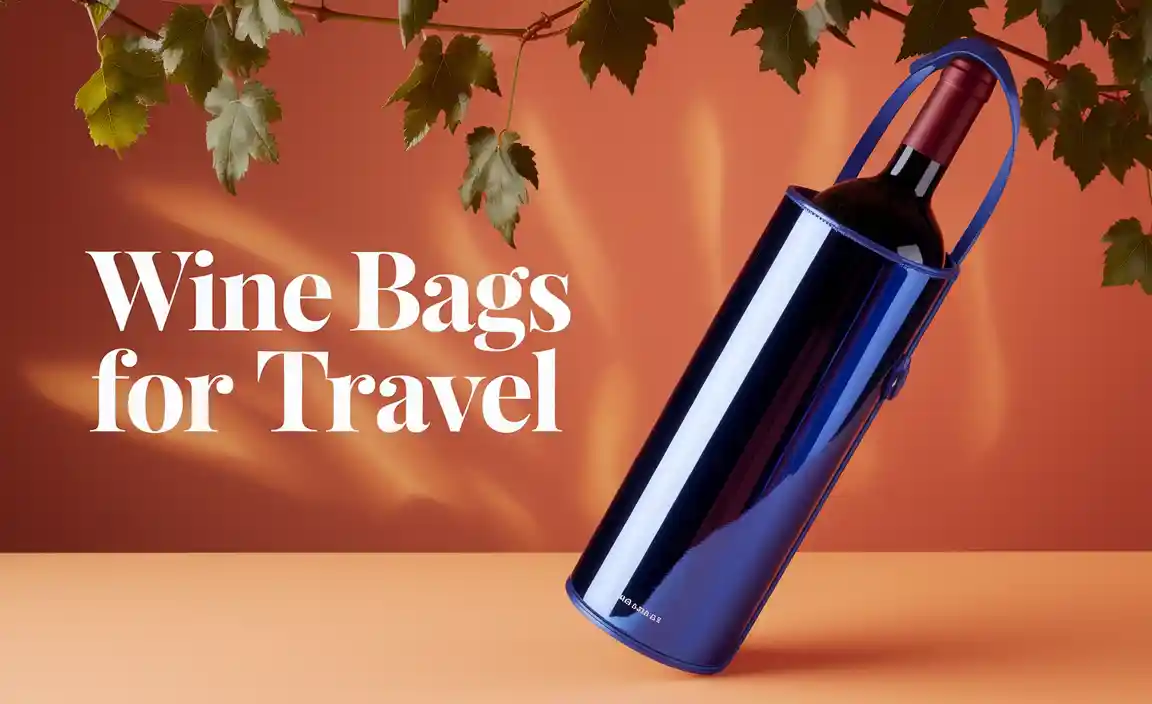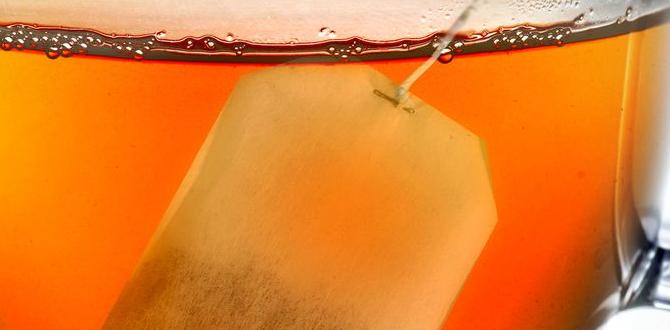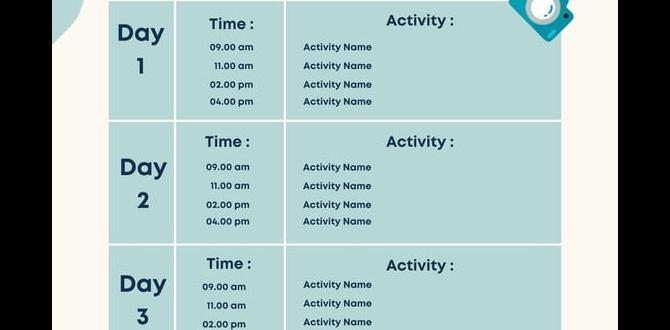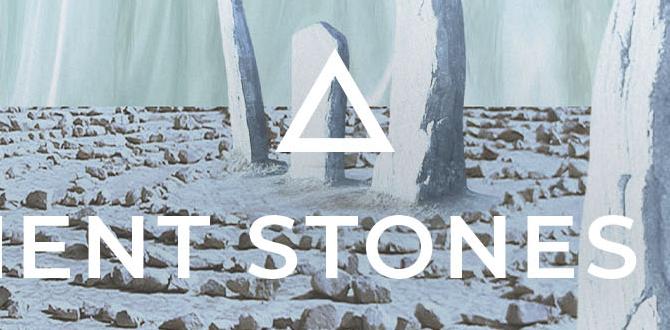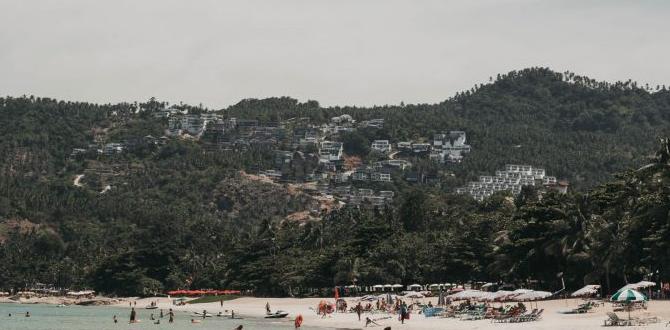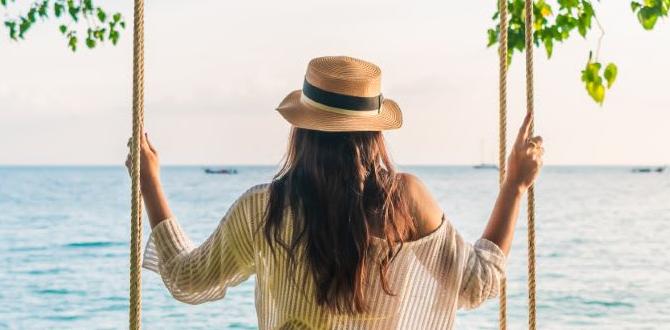Packing for the Atacama Desert carry-on only requires strategic choices to ensure comfort and practicality in extreme conditions. Focus on versatile, breathable layers, sun protection, and essentials for diverse altitudes and temperatures. This guide provides a simple, step-by-step approach to mastering your minimalist Atacama adventure.
Dreaming of the stark, stunning landscapes of the Atacama Desert but worried about lugging around a big suitcase? Traveling carry-on only can feel daunting, especially when you’re heading to a place known for its dramatic altitude changes and intense sun. The good news is, with a little smart planning, you can absolutely conquer the Atacama with just a carry-on. We’ll break down exactly what you need, from the perfect layers to essential sun protection, making your packing stress a thing of the past. Get ready for an amazing, lightweight adventure!
Why Pack Carry-On Only for the Atacama Desert?
Choosing to pack carry-on only for your Atacama Desert adventure offers a liberating travel experience. Imagine breezing through airports, easily navigating crowded streets, and having your luggage always with you. It significantly reduces the risk of lost or delayed checked bags, a huge plus when you’re eager to start exploring. Furthermore, it forces you to be intentional about your packing, bringing only what you truly need. This minimalist approach not only saves you physical effort but also often leads to a more enjoyable and less cluttered trip. Plus, it’s kinder to the planet!
Understanding Atacama Desert’s Climate and Conditions
The Atacama Desert is a land of extremes, and understanding its climate is key to smart packing. While often thought of as intensely hot, it experiences significant temperature fluctuations. Daytime temperatures can soar, especially at lower altitudes, while nighttime can drop dramatically, often below freezing, particularly at higher elevations. The sun’s intensity is another major factor due to the high altitude and clear skies. You’ll also encounter dry air and dust. Packing for these conditions means prioritizing sun protection, hydration, and versatile clothing layers that can be added or removed easily.
Key Climate Factors to Consider:
- Temperature Swings: Expect a wide range, from very warm days to chilly nights.
- Intense Solar Radiation: The sun is powerful; protection is non-negotiable.
- Altitude: Many popular sites are at high elevations (e.g., 4,000+ meters), affecting temperature and requiring acclimatization.
- Dryness: The air is very dry, so hydration and lip care are important.
- Wind and Dust: Occasional winds can stir up dust, making a scarf or buff useful.
The Atacama Desert Carry-On Only Packing List: Your Essential Guide
Packing light for the Atacama means focusing on versatile, multi-functional items. The goal is to create a wardrobe where pieces can be mixed and matched to suit varying conditions throughout the day and across different altitudes. Think layers, breathability, and quick-drying fabrics.
Clothing: The Layering System is Your Best Friend
The secret to Atacama dressing is layering. You need to be prepared for heat, sun, wind, and cold, sometimes all within the same day.
Base Layers (Moisture-Wicking)
These are crucial for managing sweat and staying comfortable against your skin. Merino wool or synthetic materials are ideal as they wick moisture away and dry quickly.
- 1-2 Short-sleeved moisture-wicking t-shirts
- 1 Long-sleeved moisture-wicking t-shirt (great for sun protection and cooler evenings)
Mid-Layers (Insulation)
These layers provide warmth. A fleece jacket or a lightweight down jacket that compresses well is perfect.
- 1 Fleece jacket or pullover OR a lightweight, packable puffer jacket
- 1 Long-sleeved thermal top (optional, for very cold nights or high-altitude tours)
Outer Layer (Protection from Wind and Sun)
You need something to block the wind and provide an extra barrier against the sun. A good quality windbreaker is essential.
- 1 Lightweight, waterproof-breathable jacket (a good windbreaker with some water resistance is often sufficient if heavy rain isn’t forecast)
Bottoms
Choose comfortable, quick-drying options. Convertible pants are a great space-saver.
- 1-2 Pairs of hiking pants or comfortable travel pants (quick-drying material is best)
- 1 Pair of comfortable shorts or capris (optional, for warmer days at lower altitudes)
- 1 Pair of comfortable leggings or thermal bottoms (for sleeping or layering under pants on cold nights)
Footwear
Comfortable shoes are paramount. You’ll be doing a lot of walking and potentially some light hiking. Avoid brand-new shoes on your trip.
- 1 Pair of comfortable, broken-in walking shoes or hiking boots (waterproof is a bonus)
- 1 Pair of comfortable sandals or flip-flops (for relaxing or short walks)
- 3-5 Pairs of moisture-wicking socks (wool or synthetic blends are best)
Accessories for Sun and Cold Protection
These small items make a big difference in your comfort and health.
- Wide-brimmed hat or cap (essential for sun protection)
- Sunglasses (with UV protection)
- Scarf or buff (very versatile for sun protection, dust, and warmth)
- Lightweight gloves (optional, but recommended for cold mornings/evenings at altitude)
Underwear and Sleepwear
- 4-6 Pairs of underwear (quick-drying material if possible)
- 2 Bras (sports bras are comfortable for active days)
- 1 Set of comfortable pajamas or lightweight loungewear (your thermal top and leggings can double as sleepwear)
Toiletries: Keep it Minimal and Travel-Sized
Stick to travel-sized containers (under 100ml for carry-on liquids) and multi-purpose items. Many hotels provide basics, but it’s wise to bring your essentials.
Your Personal Care Checklist:
- Toothbrush and travel-sized toothpaste
- Travel-sized shampoo and conditioner (or solid bars to save space and avoid liquid limits)
- Face wash and moisturizer (with SPF)
- Sunscreen: High SPF (50+) is crucial for the Atacama’s intense sun. Bring a small, powerful tube.
- Lip balm with SPF
- Basic first-aid kit: Band-aids, antiseptic wipes, pain relievers, blister treatment, motion sickness medication (if needed for winding roads), any personal prescriptions.
- Hand sanitizer
- Insect repellent (though not usually a major issue in the dry desert interior, good for certain times/locations)
- Personal hygiene items
- Small, quick-drying travel towel (optional, if staying in hostels or needing one for tours)
Documents and Essentials: Safety First
Keep all important documents secure and easily accessible.
- Passport and visa (if applicable)
- Copies of passport and visa (stored separately or digitally)
- Flight and accommodation confirmations
- Credit cards and some local currency (Chilean Pesos)
- Driver’s license (if renting a vehicle)
- Travel insurance details
- Emergency contact information
Electronics: Powering Your Journey
Consider what you’ll truly need and pack accordingly to save weight and space.
- Smartphone and charger
- Portable power bank (highly recommended for keeping devices charged on long tours or in remote areas)
- Universal travel adapter (Chile uses Type L and Type C plugs)
- Camera and charger/extra batteries (optional, if your phone camera isn’t sufficient)
- Headphones
Documents and Money: Secure and Accessible
Keep documents and money safe and within reach throughout your travels.
- Passport and any necessary visas
- Printed copies of passport and relevant documents (stored separately from originals)
- Flight and hotel booking confirmations
- Credit/debit cards (inform your bank of travel dates)
- Some Chilean Pesos for initial expenses (ATMs are available in larger towns)
- Digital copies of important documents (on cloud storage or email)
Special Considerations for Specific Needs
A Atacama adventure should be comfortable for everyone. If you or someone you’re traveling with requires additional support, planning is key.
Traveling with Diaper Needs
For families or individuals who may need adult or child diapers, packing these discreetly and efficiently is important. Discretion and reliability are paramount for peace of mind. Consider the following:
- Choose High-Absorbency Options: Look for products designed for maximum protection and comfort, especially for long journeys or active days. Brands specializing in discreet adult diapers or reliable child diapers offer peace of mind.
- Pack Sufficient Quantity: Estimate based on your daily needs and add a few extra for unexpected delays.
- Discreet Packaging: Transfer diapers to resealable plastic bags to save space and camouflage them within your luggage. You can also pack them in opaque packing cubes.
- Travel Wipes and Disposal Bags: Essential for hygiene on the go.
- Check Local Availability: While larger towns may have pharmacies, availability of specific brands can be limited. It’s often best to pack what you need.
Resources like Incontinence Support offer helpful tips for managing incontinence during travel, which can be adapted for peace of mind on any trip.
Altitude Sickness Preparation
Many Atacama attractions are at high altitudes. While not packing-related per se, being prepared is crucial for your health and enjoyment.
- Acclimatization: Plan to spend a day or two at lower altitudes to adjust before heading to higher spots.
- Hydration: Drink plenty of water.
- Avoid Alcohol and Heavy Meals: Especially in the first few days at altitude.
- Consult Your Doctor: Discuss altitude sickness prevention, potentially including medication like Diamox.
Choosing the Right Carry-On Bag
Your carry-on bag is your primary travel companion. Opt for something durable, lightweight, and designed for how you’ll be traveling.
- Backpack vs. Wheeled Suitcase: A backpack is ideal for navigating uneven terrain, public transport, and getting on and off buses. A small, lightweight wheeled suitcase can work if your accommodation and transport involve smoother surfaces.
- Size and Weight Limits: Always check your airline’s specific carry-on size and weight restrictions. These vary significantly. Typical dimensions are around 22 x 14 x 9 inches (55 x 35 x 23 cm), but weights can range from 7kg to 12kg.
- Organization: Look for bags with multiple compartments and pockets to keep your belongings organized and accessible. Packing cubes are a game-changer for carry-on packing.
- Durability: Invest in a quality bag that can withstand the rigors of travel.
Packing Techniques for Maximizing Space
Once you have your items, how you pack them makes all the difference.
- Rolling Clothes: Roll your clothes instead of folding them. This saves space and can reduce wrinkles.
- Packing Cubes: These are invaluable for organizing your smaller items and compressing clothing. You can group items by type (e.g., tops in one, bottoms in another) or by outfit.
- Utilize All Space: Stuff socks, underwear, or small electronics inside shoes.
- Wear Your Bulkiest Items: On travel days, wear your bulkier shoes, jacket, and pants to save significant space and weight in your carry-on.
- Liquids Bag: Keep all your liquids (under 100ml each) in a clear, resealable bag ready for security checks.
Sample Atacama Desert Carry-On Packing Layout
Here’s a visual idea of how your carry-on could be organized. This assumes a standard carry-on backpack (around 40-45 liters).
| Bag Compartment | Contents |
|---|---|
| Main Compartment (using packing cubes) |
|
| Bottom/Front Compartment |
|
| Top/Lid Pocket |
|
| Side Pockets |
|
| Back Panel/Laptop Sleeve (if applicable) |
|
| Worn on Travel Day |
|
Activities and What to Pack For
Your packing might slightly vary depending on your planned activities:
Geysers del Tatio & High-Altitude Tours
- Essentials: Thermal layers, warm hat, gloves, very warm jacket, possibly thermal pants to wear under your hiking pants. Temperatures here can be near freezing even in summer!
- Footwear: Waterproof boots are ideal.
Stargazing Tours
- Essentials: Warm layers. It gets cold quickly after sunset. A comfortable beanie or hat is a must.
Valle de la Luna & Valle de la Muerte (Moon & Death Valley)
- Essentials: Sun protection is paramount – wide-brimmed hat, sunglasses, high SPF sunscreen. Comfortable walking shoes are sufficient.
- Hydration: Bring plenty of water.
Salar de Atacama (salt flats)
- Essentials: Similar to Moon Valley – sun protection is key. Comfortable shoes.
- Footwear: If you plan to walk on the salt flats, shoes that you don’t mind getting dusty or a bit wet are good.
For detailed information on the unique conditions and attractions in San Pedro de Atacama, the official Chilean tourism portal offers valuable insights: Chile Turismo – Atacama Desert.
Frequent Asked Questions (FAQ)
Q1: What is the most critical item for Atacama Desert packing?
High SPF (50+) sunscreen is the absolute most critical item. The sun’s intensity at high altitude with clear skies is extreme and can cause severe sunburn quickly. Sunglasses and a wide-brimmed hat are also non-negotiable for sun protection.
Q2: Can I really fit everything for a week in the Atacama into a carry-on?
Yes, absolutely! By focusing on versatile, layerable clothing, using packing cubes, and choosing travel-sized toiletries, you can comfortably fit everything for a week or more. The key is to avoid single-use items and bring pieces that can be mixed and matched.
Q3: What kind of shoes are best for the Atacama?
Comfortable, broken-in walking shoes or light hiking boots are best. They should offer good support for varied terrain and be suitable for long periods of walking. Waterproofing is an advantage, especially if visiting during any wetter seasons or for areas like the Geysers del Tatio.
Q4: What should I pack for the extreme cold at the Geysers del Tatio?
For Geysers del Tatio tours, which happen very early in the morning at high altitude, pack your warmest layers. Think thermal base layers (top and bottom), a heavy fleece or down jacket, thick socks, a warm hat, and gloves. You can often rent thicker gear in San Pedro if you’re concerned about space, but having your own warm base layers is recommended.

